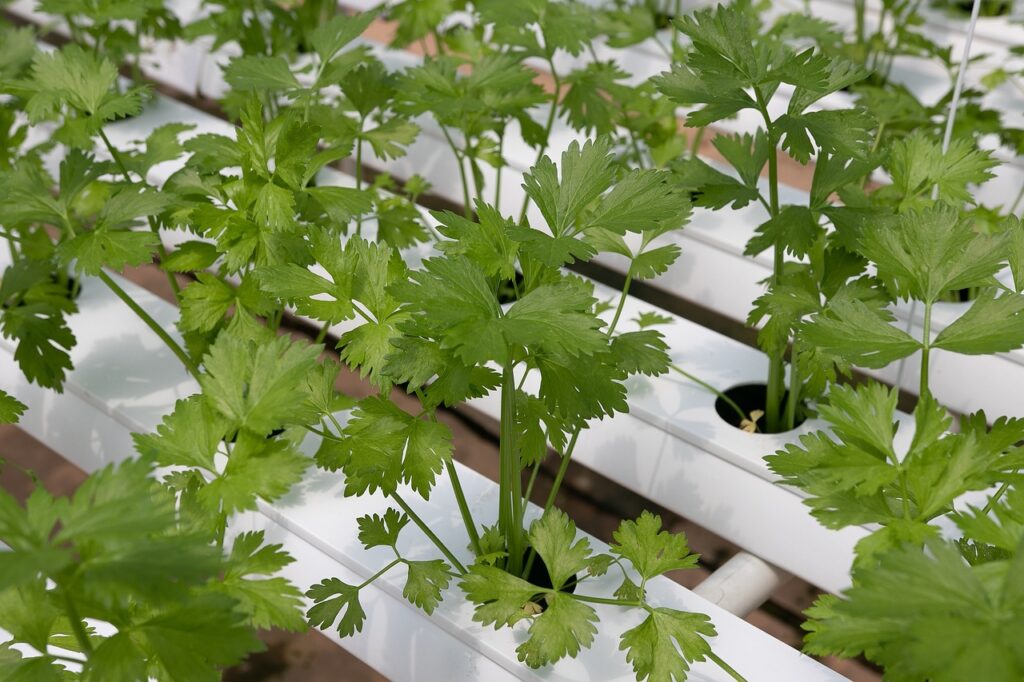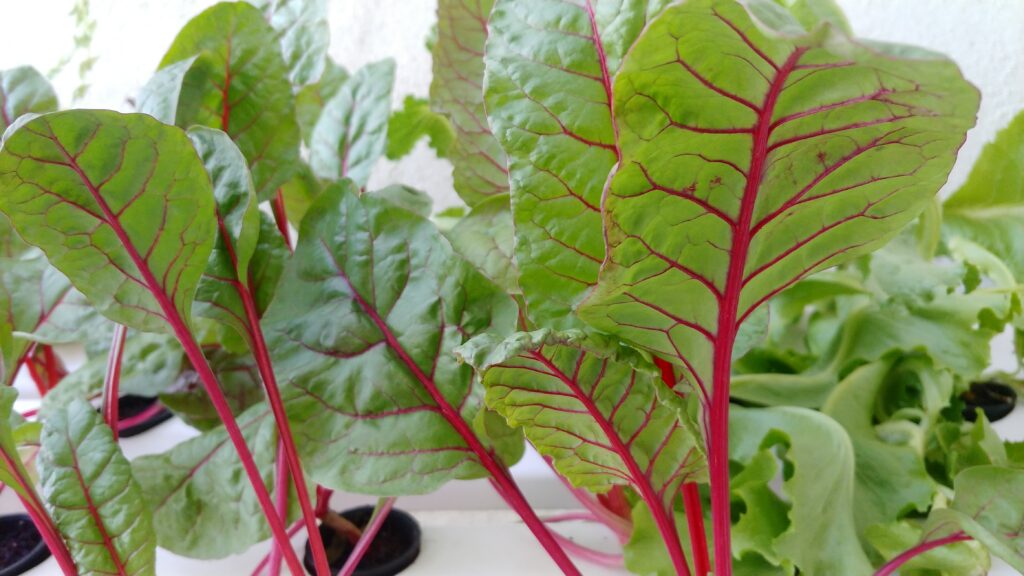Have you ever wondered if hydroponic growing systems are worth the investment? With the increasing popularity of sustainable and efficient gardening, many people are drawn to the idea of growing plants without soil. In this article, we will explore the benefits and considerations of hydroponic systems, helping you decide if it’s the right choice for your gardening needs.
What is hydroponic growing?
Definition
Hydroponic growing is a method of cultivating plants in a soilless environment, where nutrients are delivered directly to the roots through a water-based solution. This innovative technique allows plants to grow in a controlled environment, optimizing their growth potential and minimizing resource wastage.
History
Hydroponics has been practiced since ancient times, with the Hanging Gardens of Babylon being one of the earliest examples of vertical farming. However, it was in the mid-19th century that scientists began to experiment with soilless cultivation techniques. Since then, hydroponic systems have evolved, incorporating advanced technologies to enhance efficiency and productivity.
Advantages of hydroponic growing systems
Greater control over growing conditions
One of the key advantages of hydroponics is the ability to monitor and adjust the growing conditions precisely. By providing ideal temperature, humidity, and lighting, you can ensure optimal plant growth and minimize the risk of disease and nutrient deficiencies. This level of control also enables you to cultivate crops that may not be well-suited to your local climate.
Less water usage
Compared to traditional soil-based farming, hydroponic systems require significantly less water. This is because water is recirculated within the system, reducing wastage. As a result, hydroponic growing can be an ideal solution for areas with water scarcity or regions where water conservation is a priority.
Optimal nutrient uptake
In hydroponics, nutrients are directly provided to the plant roots, allowing for precise control over their uptake. This eliminates the need for plants to expend energy searching for nutrients in the soil. As a result, plants can grow faster and yield greater harvests.
Year-round cultivation
Hydroponic systems offer the advantage of year-round cultivation, regardless of seasonal limitations. By providing artificial lighting and carefully controlling the environmental factors, you can maintain consistent growth and harvest crops throughout the year. This can be particularly beneficial in regions with harsh climates or limited growing seasons.
Efficient use of space
With hydroponics, plants can be grown vertically, maximizing the use of available space. Vertical farming and vertical hydroponic systems allow for a higher number of plants to be cultivated in a smaller area, making it an excellent option for urban farming or areas with limited land resources.
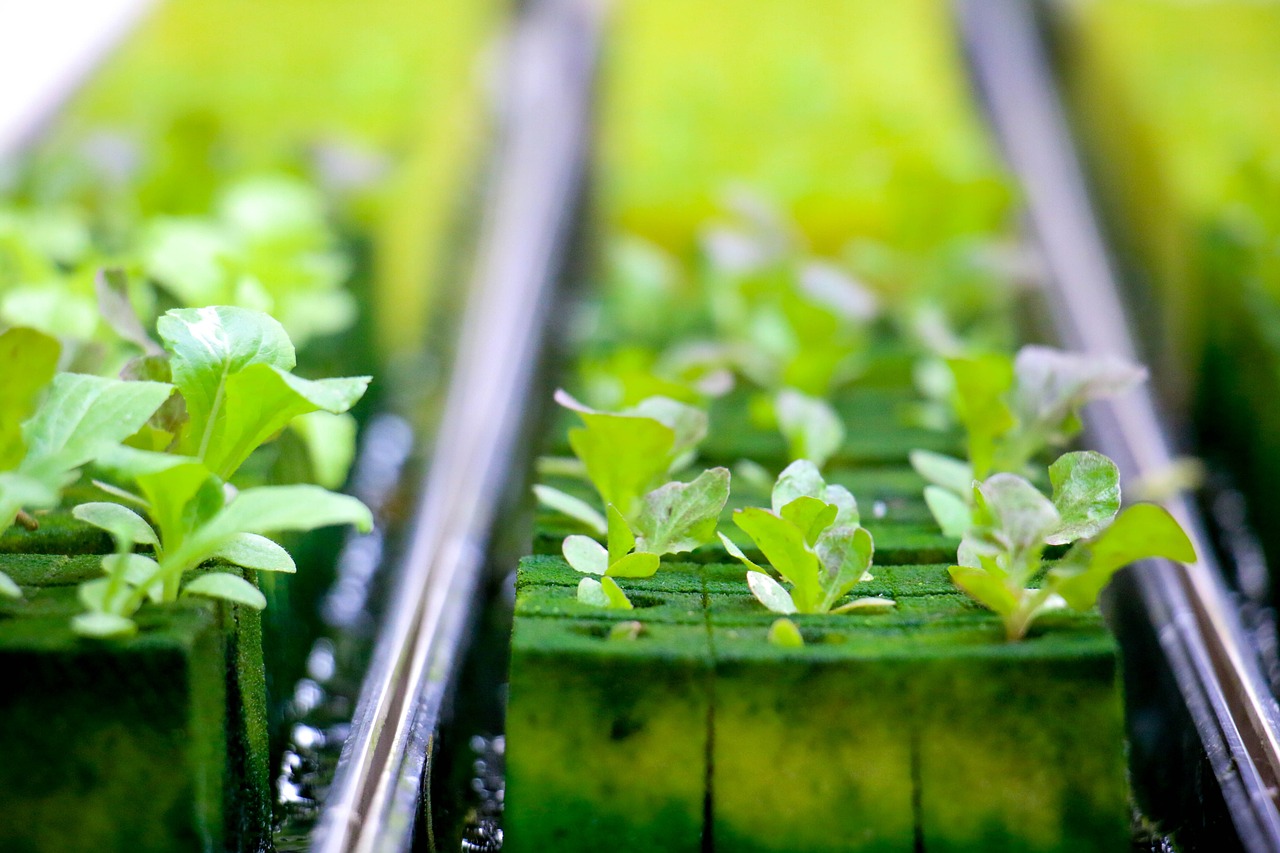
Disadvantages of hydroponic growing systems
Higher initial setup costs
One of the main challenges of hydroponic growing systems is the initial setup cost. Compared to traditional farming methods, hydroponics requires specialized equipment, such as nutrient delivery systems, grow lights, and climate control systems. While these investments can be substantial, they are often offset by the long-term benefits and savings in resources.
Requires continuous monitoring
Hydroponic systems require regular monitoring to ensure optimal conditions for plant growth. Factors such as pH levels, nutrient concentrations, and water quality must be closely monitored and adjusted as needed. This level of maintenance and attention may not be suitable for individuals with limited time or resources.
Risk of system failure
As with any complex system, there is always a risk of failure. Power outages, equipment malfunctions, or mistakes in nutrient formulations can lead to crop loss or reduced yields. It is essential to have backup systems in place and the expertise to troubleshoot and address issues promptly to minimize potential losses.
Limited crop options
While hydroponics can be used to cultivate a wide range of crops, certain plants may not thrive in a soilless environment. Root vegetables and plants that require extensive root systems, such as mature trees, may not be suitable for hydroponic cultivation. However, advancements in technology are continually expanding the range of crops that can be successfully grown hydroponically.
Cost analysis of hydroponic growing systems
Initial setup costs
The initial setup costs of a hydroponic growing system can vary depending on the size and complexity of the operation. A small-scale hydroponic setup suitable for home use can range from a few hundred to a few thousand dollars, while larger commercial operations can require significant investments. However, it is important to consider the long-term savings in resources and increased crop yields that can offset these initial costs.
Operating costs
Operating costs in hydroponic growing systems mainly include electricity for lights and climate control, water for the nutrient solution, and the cost of nutrients. While these operational expenses may be higher compared to traditional farming methods, the potential for increased yield and higher value produce can often outweigh the costs.
Return on investment
The return on investment (ROI) in hydroponic growing systems can vary depending on various factors such as crop selection, market demand, and operational efficiency. In some cases, hydroponics can offer a faster and higher ROI compared to traditional farming, especially for high-value crops or in areas with limited arable land. However, it is essential to conduct a thorough cost-benefit analysis before embarking on a hydroponic venture.
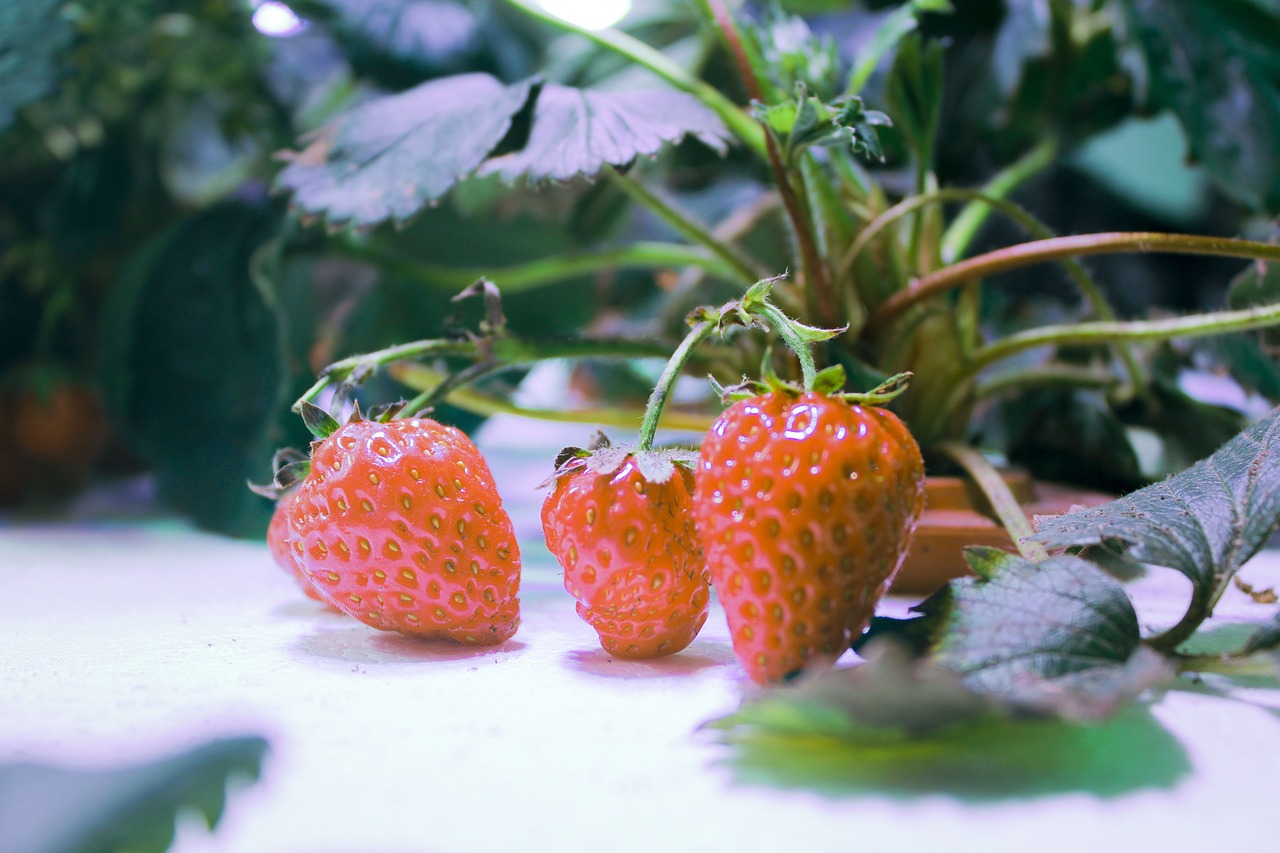
Environmental impacts of hydroponics
Reduced water consumption
Hydroponics is a highly water-efficient method of cultivation, as water is recirculated within the system, reducing overall water consumption. With traditional soil-based farming, water can be lost through evaporation or runoff, leading to water scarcity and environmental degradation. Hydroponics can help conserve water resources, making it a sustainable option in regions experiencing water stress.
Reduced carbon footprint
Hydroponic systems can significantly reduce carbon emissions compared to traditional farming methods. By eliminating the need for heavy machinery and reducing transportation distances, hydroponics minimizes the use of fossil fuels. Additionally, hydroponics can be integrated with renewable energy sources to further reduce the carbon footprint of the operation.
Mitigating land degradation
Traditional agriculture often leads to soil erosion and degradation, depleting fertile land resources. Hydroponics, being a soilless cultivation method, does not contribute to the depletion of arable land. By shifting to hydroponics, we can help mitigate land degradation and preserve soil health for future generations.
Hydroponics vs. traditional soil-based growing
Comparison of yield
Hydroponic growing systems have the potential to achieve higher yields compared to traditional soil-based methods. This is primarily due to the optimal control of growing conditions and nutrient delivery, leading to accelerated plant growth and larger harvests. Some studies have shown that hydroponic systems can produce 2-3 times more yield per square foot compared to traditional farming.
Comparison of resource usage
Hydroponic systems typically require less water compared to traditional soil-based farming. They also require fewer fertilizers and pesticides, as the controlled environment minimizes pest and disease risks. Additionally, hydroponics can use vertical space efficiently, allowing for more plants to be grown in a smaller area compared to traditional farming.
Comparison of quality and taste
Hydroponics can produce crops with consistent quality and taste. The precise control of growing conditions, including nutrient ratios and environmental factors, can result in uniform flavors and enhanced nutritional content. However, some enthusiasts argue that certain crops grown in soil may have a distinctive flavor that hydroponically grown counterparts might lack.
Comparison of crop variety
While hydroponics offers a wide range of crop options, there are still limitations compared to traditional soil-based growing. Some crop varieties, particularly those with extensive root systems or specific soil requirements, may not thrive in a hydroponic environment. However, ongoing research and advancements in hydroponic technology are expanding the variety of crops that can be successfully cultivated.
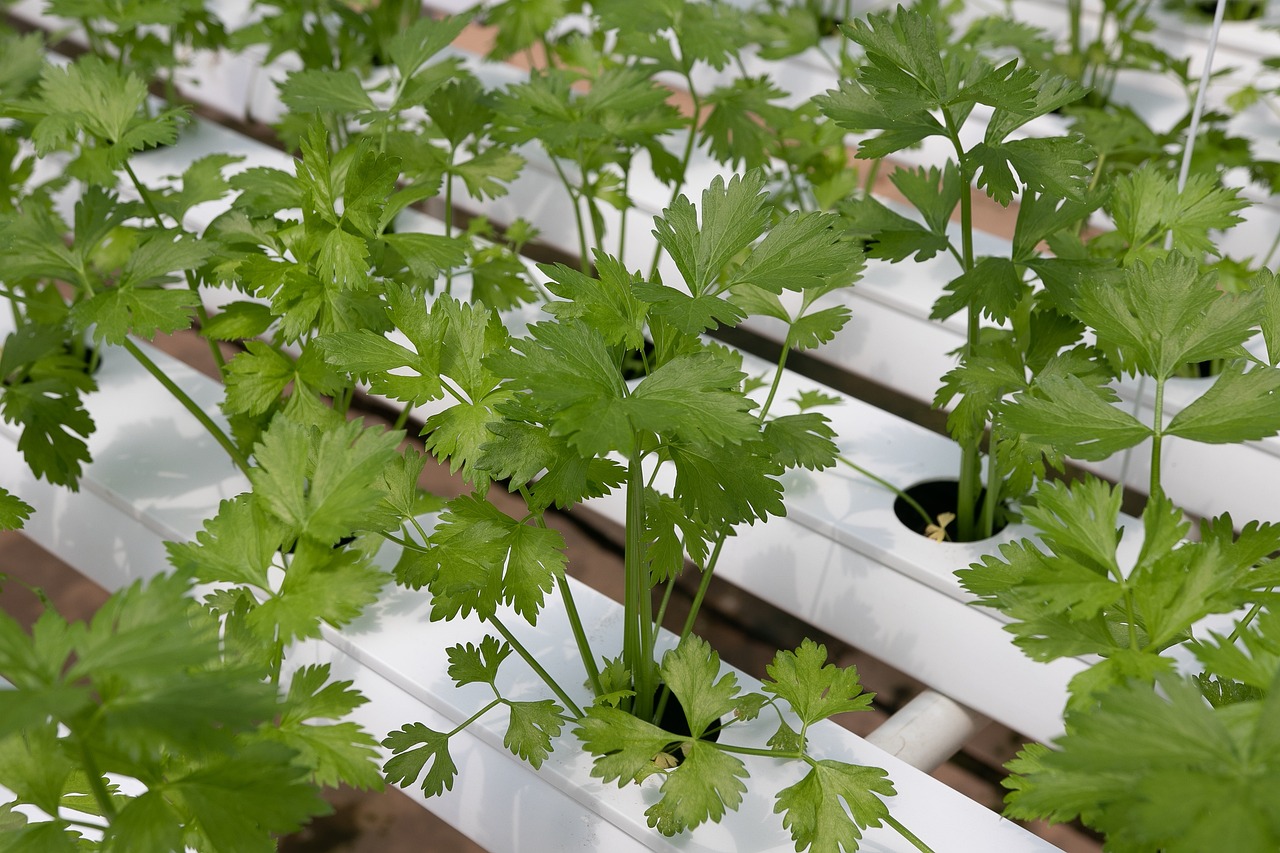
Examples of successful hydroponics ventures
Vertical farming
Vertical farming has gained popularity as an innovative approach to hydroponic cultivation. Vertical farms utilize tall structures with multiple racks and trays, maximizing space utilization and creating a controlled environment for plants to grow vertically. Successful vertical farming ventures have been established in urban areas, making efficient use of limited land resources and providing fresh produce locally.
Commercial greenhouse operations
Many commercial greenhouse operations have adopted hydroponics to enhance productivity and sustainability. These large-scale hydroponic systems maximize crop yields, reduce water usage, and minimize the need for chemical interventions. From vine crops to leafy greens, commercial hydroponic greenhouse operations have revolutionized the way we grow and consume fresh produce.
Community-based initiatives
Hydroponic systems have also found applications in community-based initiatives. From urban gardens to educational institutions, hydroponics provides a hands-on learning experience and promotes sustainable food production in local communities. These initiatives foster community engagement, improve access to fresh produce, and empower individuals to become self-sufficient in their food production.
Guide to getting started with hydroponics
Choosing the right system
When getting started with hydroponics, it is essential to choose the right system that suits your needs and resources. Consider factors such as available space, crop preferences, and budget. There are various types of hydroponic systems, including nutrient film technique (NFT), deep water culture (DWC), and aeroponics. Research each system to determine which one aligns best with your goals and resources.
Selecting suitable crops
Not all crops thrive in a hydroponic environment, so it is important to select suitable crops for your hydroponic setup. Leafy greens, herbs, and vine crops like tomatoes and cucumbers are commonly grown hydroponically. Research the specific requirements of each crop, such as light intensity, nutrient needs, and pH tolerance, to ensure successful cultivation.
Setting up the hydroponic system
Setting up a hydroponic system involves assembling the required equipment, such as grow trays, pumps, air stones, and nutrient reservoirs. Follow the manufacturer’s instructions and consider any additional factors specific to your chosen system. Ensure proper installation of the system components and test the functionality before introducing plants.
Monitoring and maintenance
Regular monitoring and maintenance are crucial for the success of a hydroponic system. Monitor nutrient levels, pH, and temperature regularly to ensure optimal conditions for plant growth. Adjust nutrient solutions, clean and maintain system components, and address any issues promptly. Regularly check for pests and diseases to prevent outbreaks that can harm your crops.
Case studies: Real-life experiences with hydroponic systems
Residential hydroponic gardens
Many individuals have successfully established hydroponic systems in their homes, enabling them to grow fresh produce year-round. From small-scale setups in apartments to larger backyard gardens, these home hydroponic gardens provide a sustainable and rewarding hobby. Homegrown hydroponic gardens offer the convenience of having fresh, nutritious produce at your fingertips while reducing the environmental impact associated with traditional food production.
Hydroponic farms
Commercial hydroponic farms have flourished around the world, showcasing the scalability and economic viability of hydroponic growing systems. These farms can produce high-quality, pesticide-free produce in large quantities year-round. From lettuce and strawberries to herbs and microgreens, hydroponic farms are revolutionizing the fresh produce industry, reducing transport distances, and providing consumers with local, sustainable options.
Hydroponic experiments in educational institutions
Hydroponics has been integrated into educational institutions as a valuable teaching tool and research platform. Schools and universities have implemented hydroponic systems in their curricula, providing students with hands-on experience in sustainable agriculture. These experiments allow students to learn about plant biology, environmental science, and practical skills while fostering a deeper understanding of food systems and sustainability.
The future of hydroponic growing systems
Technological advancements
The future of hydroponic growing systems holds exciting possibilities with ongoing technological advancements. Emerging technologies, such as sensor networks and automation, are revolutionizing the industry. These advancements allow for real-time monitoring, precise nutrient dosing, and increased efficiency in resource usage. Additionally, advancements in lighting technologies, such as LED grow lights, are providing more energy-efficient options for indoor cultivation.
Integration of sustainable practices
In an era of increasing environmental awareness, the future of hydroponics will continue to prioritize sustainability. Efforts to reduce waste, minimize energy consumption, and optimize resource usage will be at the forefront. The integration of renewable energy sources, rainwater harvesting, and organic nutrient solutions will contribute to more sustainable hydroponic systems. Collaborations between researchers, farmers, and technology developers will drive innovation and elevate hydroponics as a sustainable food production method.
In conclusion, hydroponic growing systems offer numerous advantages, including greater control over growing conditions, less water usage, optimal nutrient uptake, year-round cultivation, and efficient use of space. However, there are also disadvantages, such as higher initial setup costs, continuous monitoring requirements, the risk of system failure, and limited crop options. Despite these challenges, the cost analysis demonstrates the potential for a favorable return on investment. Moreover, hydroponics has significant environmental benefits, including reduced water consumption, a reduced carbon footprint, and mitigating land degradation. When compared to traditional soil-based growing, hydroponics often shows superior yield, resource usage efficiency, consistent quality and taste, and a wide range of crop options. Successful hydroponic ventures can be found in vertical farming, commercial greenhouse operations, and community-based initiatives. To get started with hydroponics, it is important to choose the right system, select suitable crops, set up the system correctly, and consistently monitor and maintain it. Real-life experiences with hydroponic systems range from residential hydroponic gardens to commercial farms and educational institutions. The future of hydroponic growing systems holds promise with technological advancements and the integration of sustainable practices, paving the way for a more efficient and environmentally friendly approach to food production.
